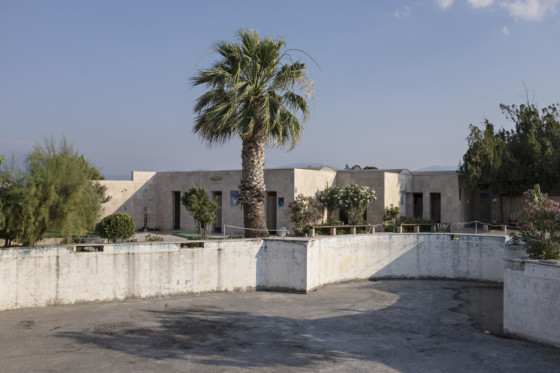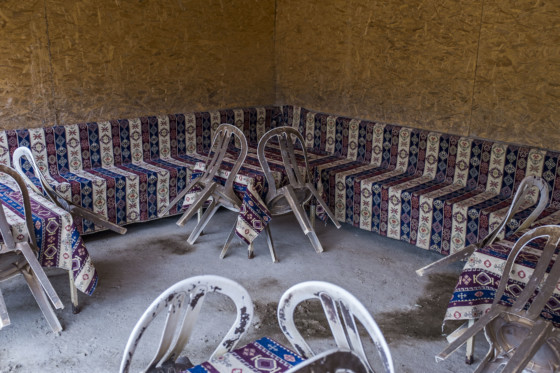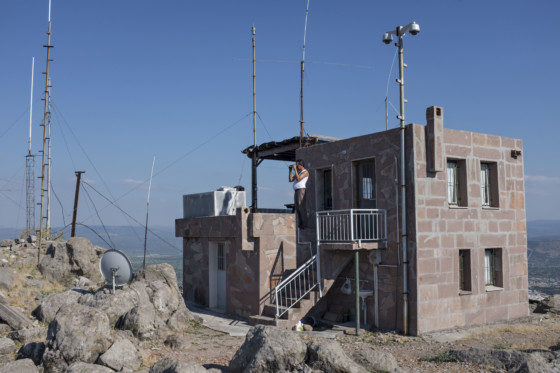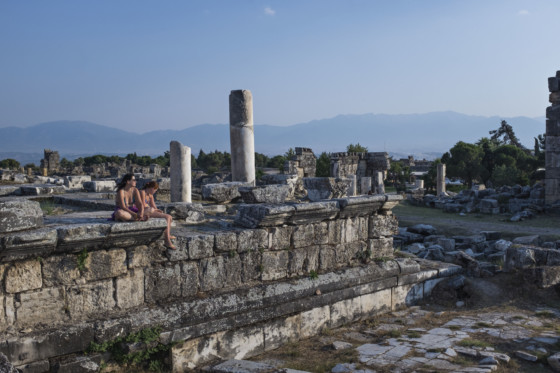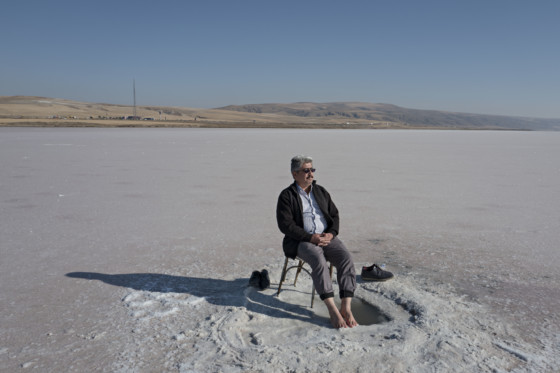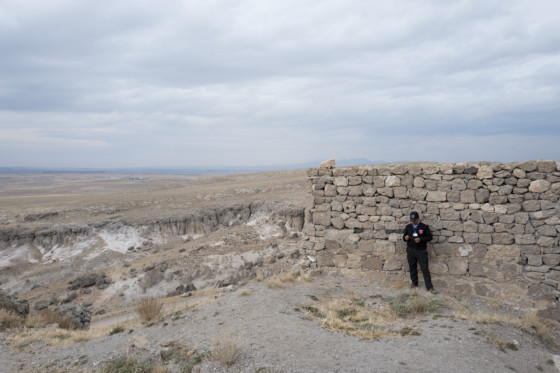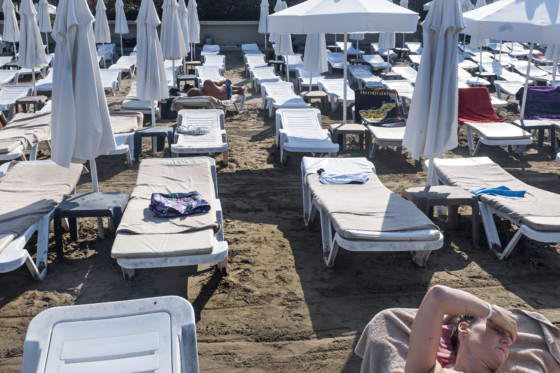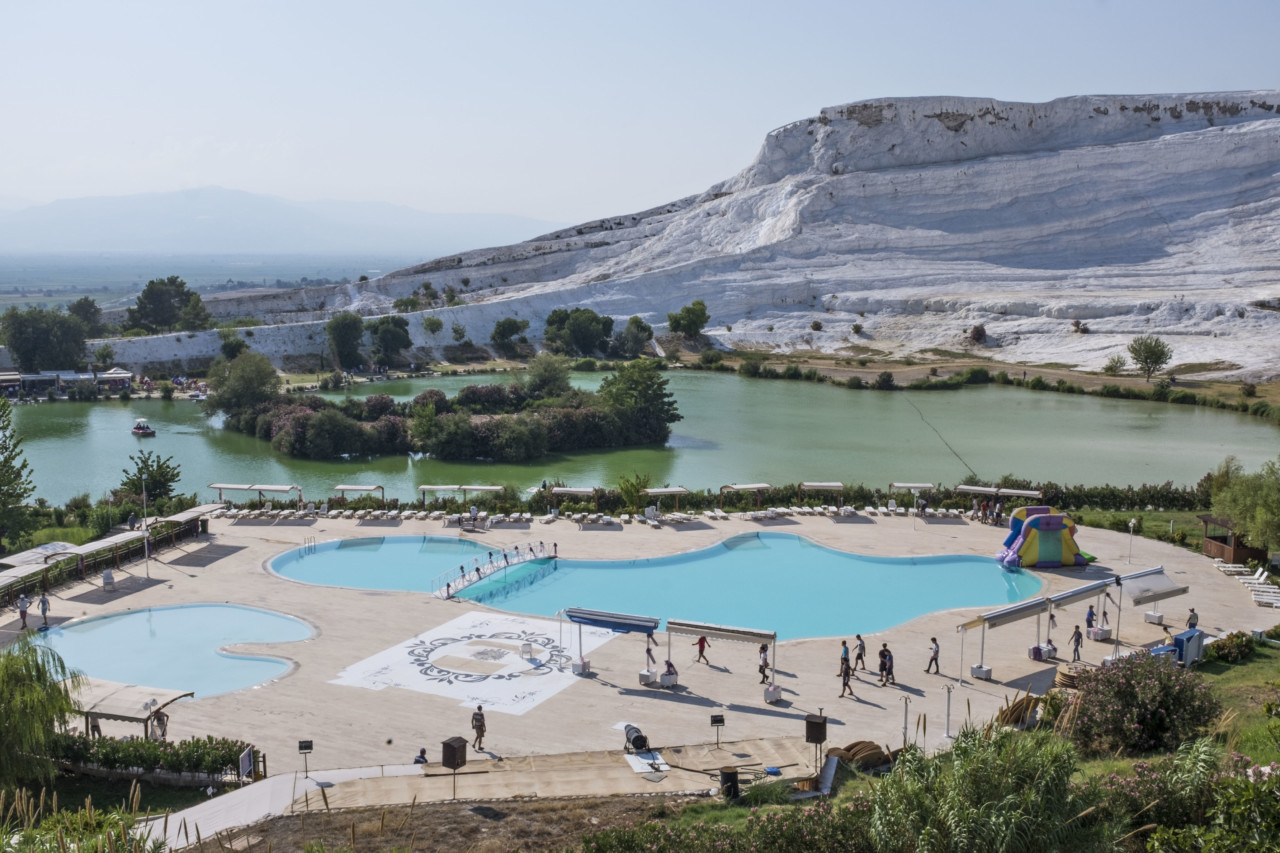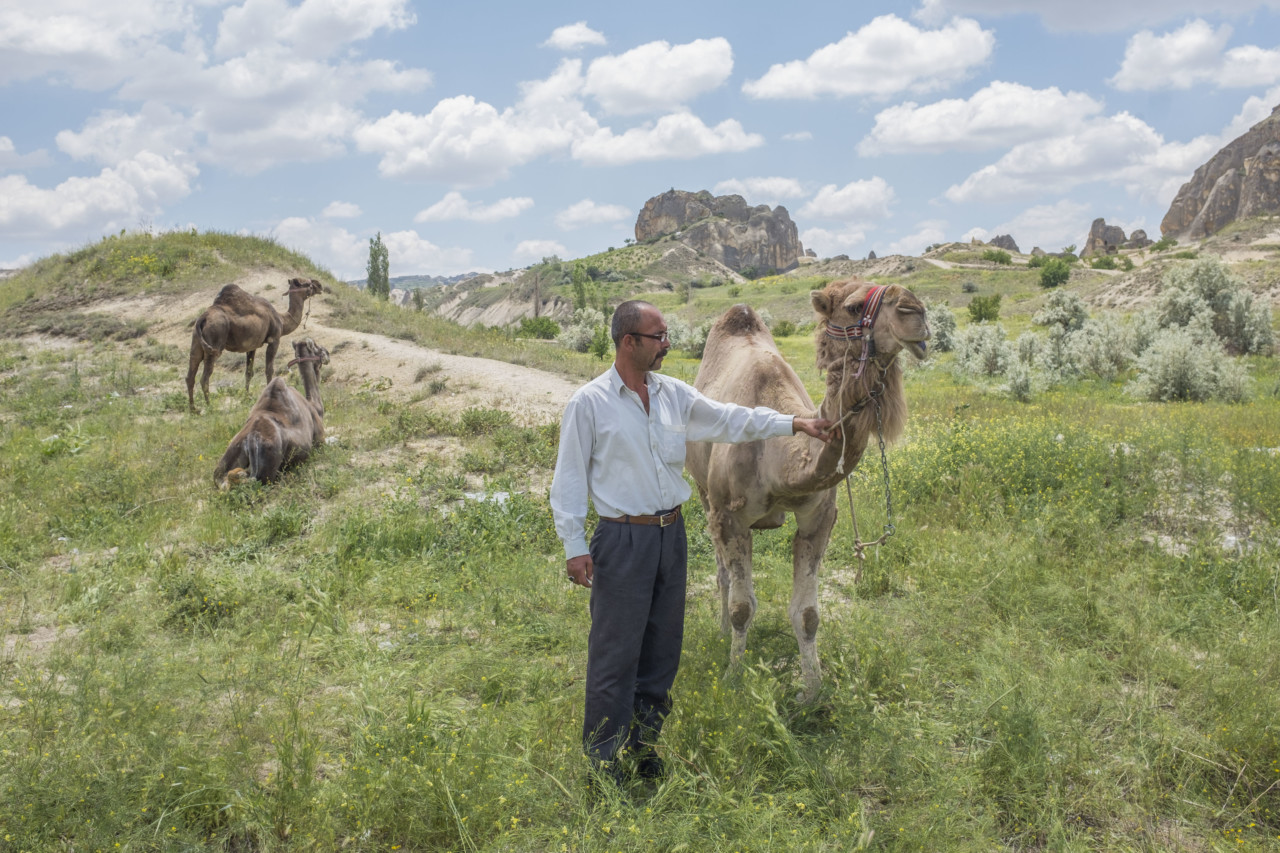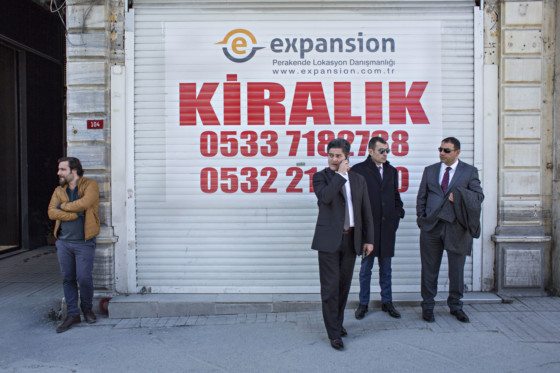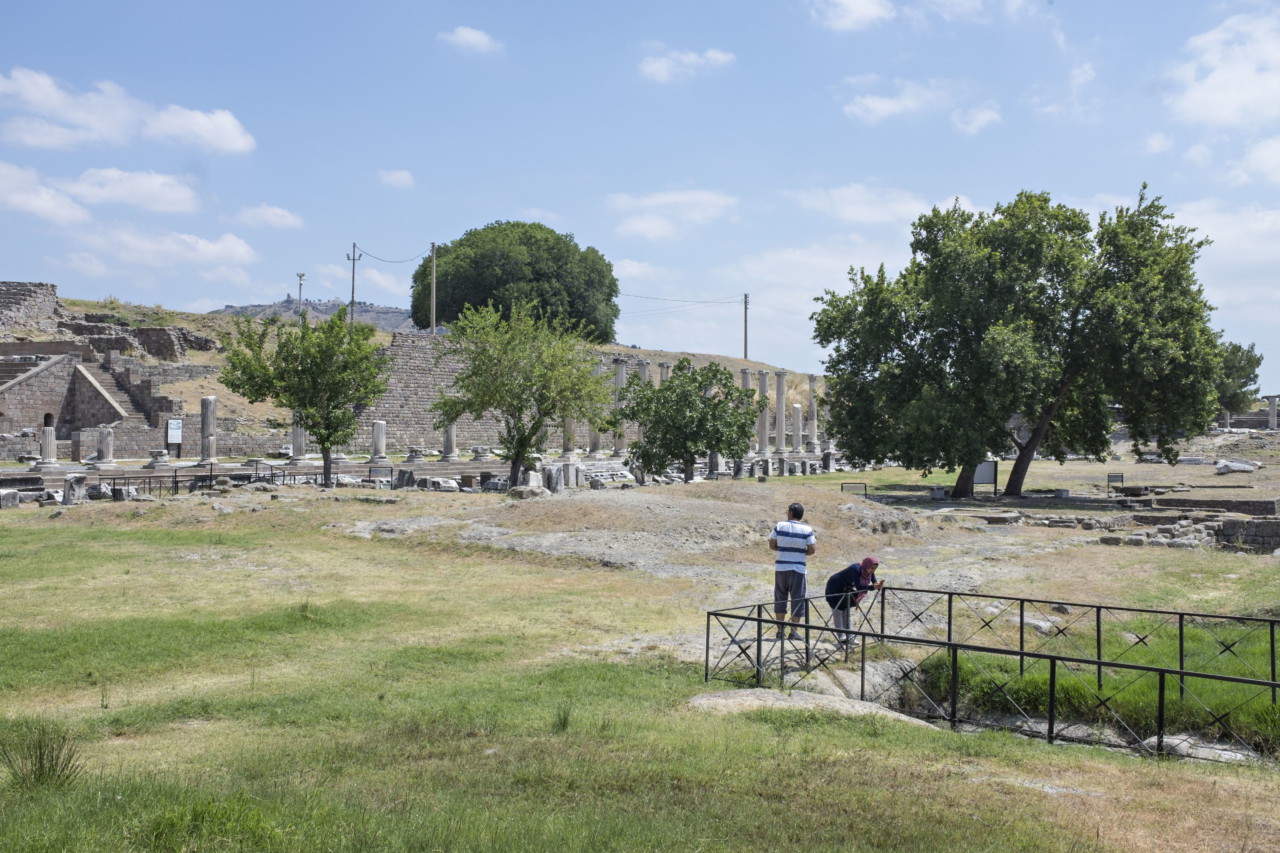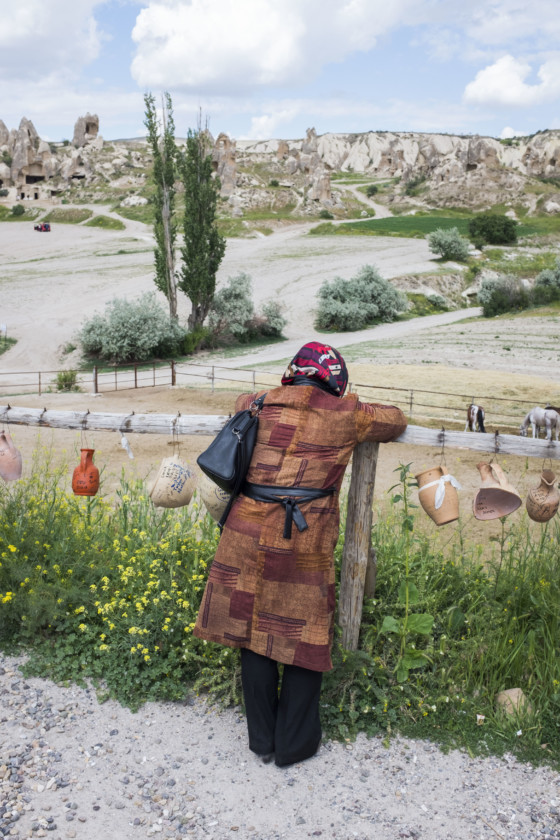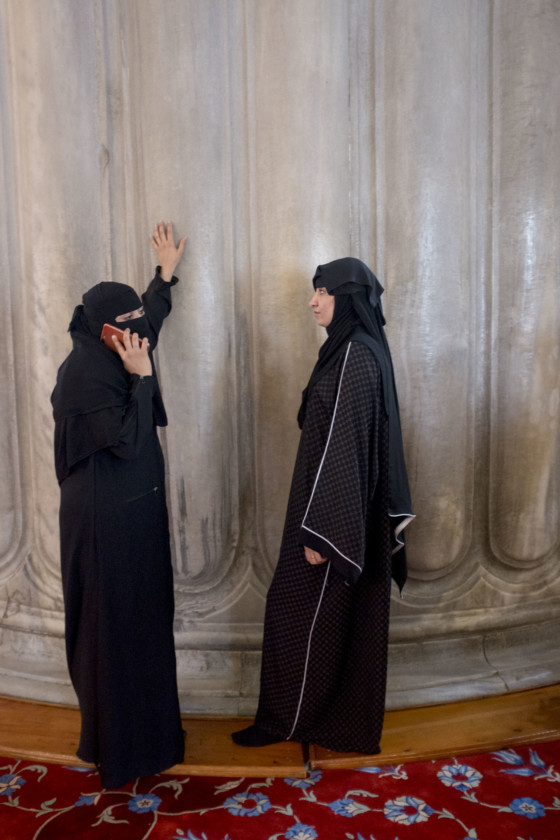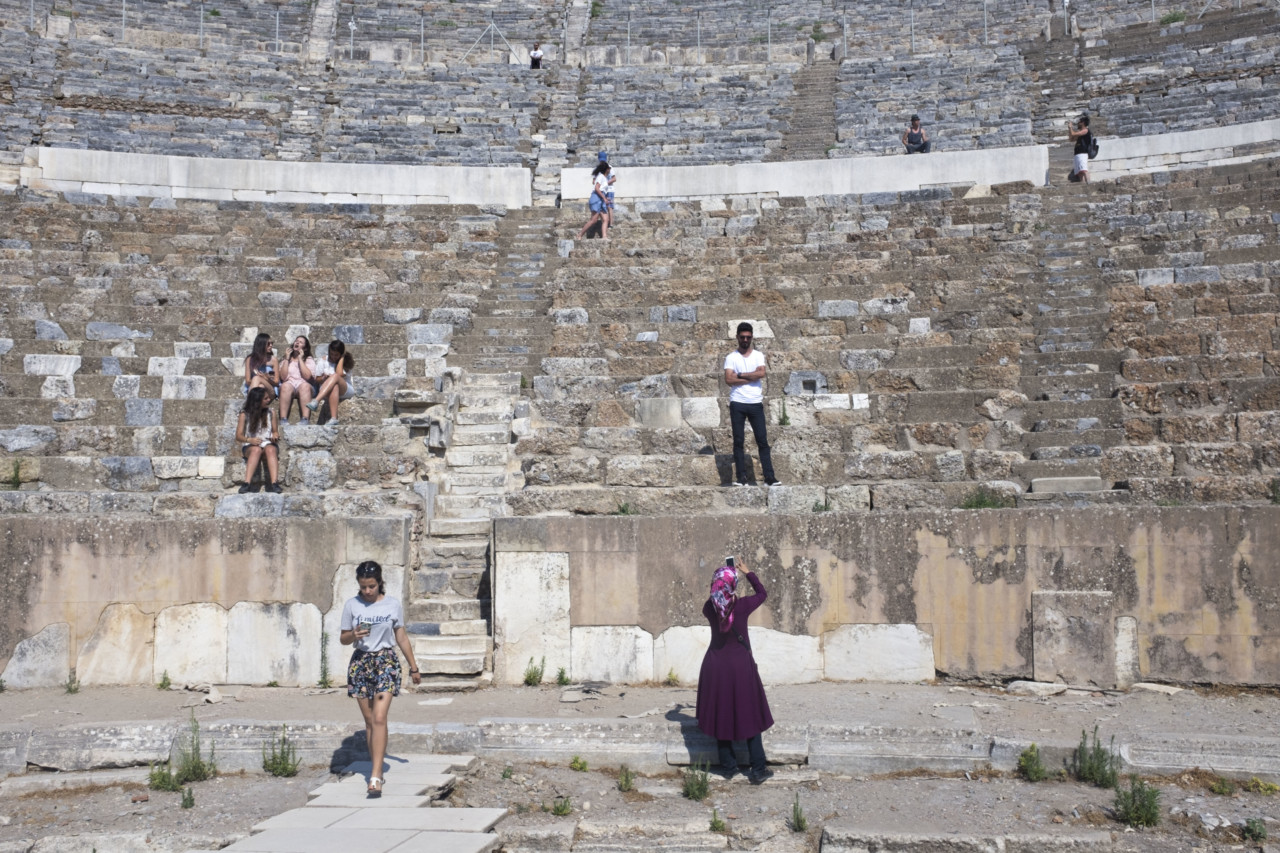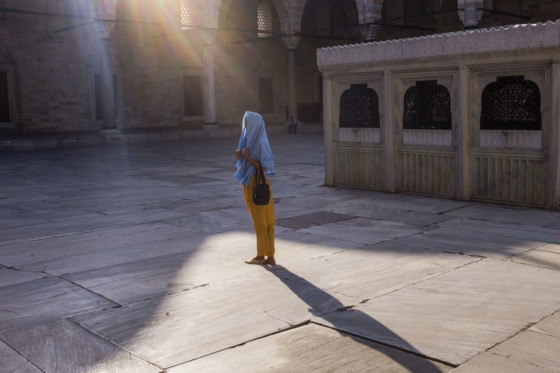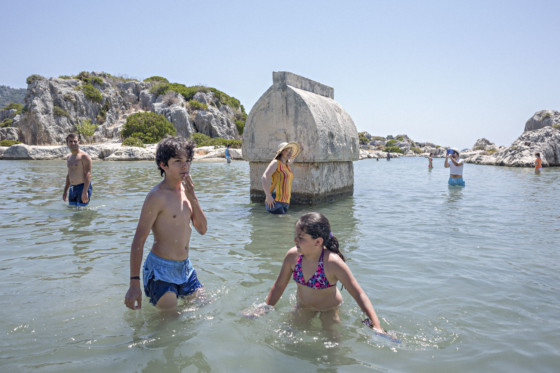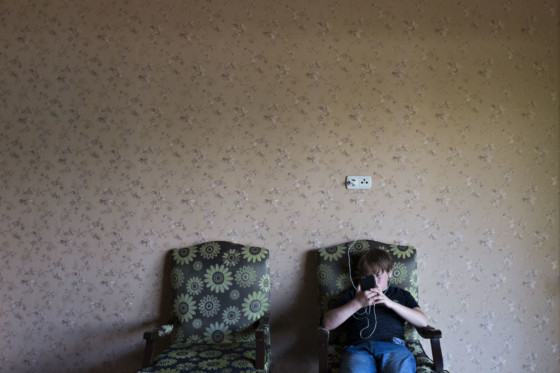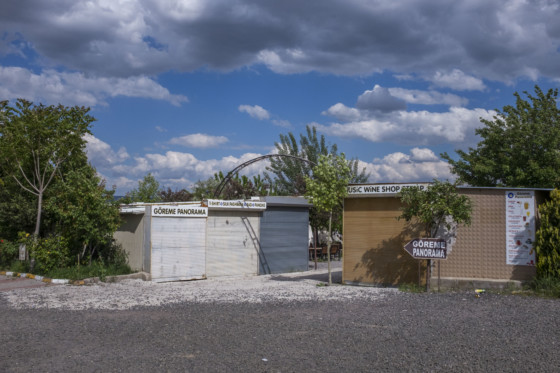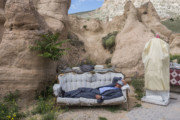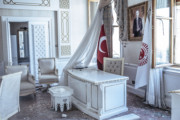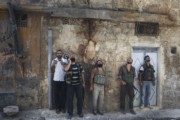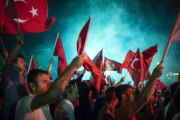Dead Season
What has become of Turkey’s formerly bustling holiday resorts? Emin Özmen explores the eerily empty tourist spots and how local proprietors are adapting to changing visitor demographics
Since its rise to power in 2014, the so-called Islamic State has targeted tourist destinations across Europe and throughout the Mediterranean region. The attacks, relatively inexpensive for the self-proclaimed caliphate to carry out, are intended not only to sow fear and project power but also to strike a heavy blow to economies dependent on tourism.
Few economies have been hit harder by this than Turkey’s. In 2014 it played host to 37 million visitors, making it the 6th most popular tourist destination in the world that year. That number has since plummeted in the wake of attacks on its main airport, its historic Sultanahmet district, and Istiklal, a wide pedestrian boulevard popular with tourists, as well as a failed military coup and a political crackdown.
In 2016, Turkey welcomed only 25.3 million tourists, according to the government figures.
Emin Özmen photographed Turkey’s deserted seaside resorts and ancient ruins that were brimming with tourists just three years earlier. Here, Özmen discusses photographing the dead resorts as they cope with a drop in numbers and adapt to a change in demographic of visitor.
What sort of scenes do you think you’d have been photographing if the holiday resorts were still thriving?
Usually, by the beginning of the season in April, the airports are beginning to welcome millions of tourists. Thousands of resorts have to be filled, from Antalya, the Mediterranean resort city which has been visited between 7 and 10 millions of tourists each year for its shining sun, nature and beautiful beaches to the Aegean side, known for its antique Byzantine cities, which have been standing for thousands of years.
Visitors would have had to book their rooms some months before, sometimes even as much as a year in advance. All the beaches would be crowded, mostly filled with Russians, Germans, and other Europeans. Normally, it’s not very easy to find an empty sunbed.
The resorts used to be full and tourists would spend most of their holidays at all-inclusive resorts that provided everything: swimming pools, bars, open buffets from the morning until the night and private beaches. So I guess I would have been photographing crowded beaches and resorts with lots of people from different cultures drinking, eating and resting.
Did it feel like the decline happened gradually or did it feel like it shut down very quickly, all at once?
Turkey’s wealth of natural landscapes and historical treasures have been impacted by conflict, terror and the consequences of Erdogan politics, for example, following Turkey’s shooting-down of a Russian jet, a now-lifted ban was placed prohibiting Russian tourists from visiting the country. According to the Tourism ministry, 42 million people visited Turkey in 2015 compared to 25 million in 2016. It was going down gradually until the bloody coup attempt but after July 2016 it shut down very quickly.
"According to the Tourism ministry, 42 million people visited Turkey in 2015 compared to 25 million in 2016"
- Emin Özmen
What are some of the tourist spots you visited, and how have they changed?
I have been visiting tourist destinations from the Mediterranean and Aegean coasts to central Anatolia, and I met many people who are living with the profound effects of the loss of tourism since 2015. I visited Bodrum, Kas, Side, Antalya, antique sites Ephesus, Pamukkale and Pergamon, Cappadocia, Istanbul, Konya Salt Lake, Safranbolu – The most famous and appreciated places in Turkey.
Thousands of people have lost their jobs. There are empty streets, empty beaches, empty museums, empty hotels and restaurants, stores for sale or to let.
Enver, 43, a camel rider in Cappadocia, told me: “Two years ago, I had four tours in a day, now I have to be happy if I can do one tour in a week, there are no tourists here anymore.” This region suffers a lot from the lack of tourists. A lot of restaurants, hotels and touristic attractions are now closed and the historical sites are empty or half empty.
"Two years ago, I had four tours in a day, now I have to be happy if I can do one tour in a week, there is no tourists here anymore"
- Enver, 43, a camel rider in Cappadocia
Hayati Simsek, a 50-year-old man who organizes boat tours in Side (Antalya), told me that they lost almost all German tourists after the terror attacks, but also mostly after the latest political tensions between Erdogan and Merkel during Turkey’s referendum. Earlier this year, Erdoğan compared German officials to Nazis after local authorities blocked Turkish politicians from speaking at rallies ahead of a Turkish referendum on expanding the president’s powers.
I also met with an estate agent in Istanbul. He was a tour-guide agent in Istanbul until 2016 when the lack of tourists pushed him to reconvert professionally.
I’ve heard a lot of stories about people who had owned hotels or restaurants for 10, 20 years and lost everything because of this crisis.
In Pamukkale a restaurant owner told me that on weekends there were still local and Asian tourists, but nobody was there on weekdays. He estimates the total loss of tourists due to the crisis at 70%.
"I tried to speak more with the shop’s employees but they were uncomfortable speaking about it. I felt same everywhere. It's a bit taboo.
"
- Emin Özmen
When I was in Pergamon (a famous antique site) this summer, it was almost empty, I saw just six tourists, all Turkish, no foreigners. I met with two security guards, they were bored and sitting in front of the museum souvenir shop. Mehmet, one of the security guards, told me they are down more than 80% this year. He said it was hard last year but this year it is totally empty.
In Pergamon’s Akropol, the cafeteria owner told me that they have lost 90% of tourists. Coffee and gifts shops were all empty. Few tourists were visiting the site. I tried to speak more with the shop’s employees but they were uncomfortable speaking about it. I felt same everywhere. It’s a bit taboo.
After, I went to Ephesus. It was a little better but I visited this site in 2008 and its was so crowded that it was hard to move around. This time it was different. Museum employees didn’t give me any specific numbers about visitors, they did not want to speak. I met with Sercan, a 36-year-old who had been working there as a security guard for 6 years. He said they would normally have around 2 million visitors yearly, “but since 2015 we lost like 60% of them; now we have only Asian (Chinese and Japanese) tourists”.
In front of the Ephesus Antique city, there were about 20 restaurants, I talked with one of the restaurants’ owners. He said, “I had 28 employees in 2015, now only 13 – we are trying to survive with only local tourists.” He didn’t want to give me his name.
Where are the tourists coming from now?
Europeans frightened by the attacks and the autocratic drift of the Turkish regime, they deserted especially Istanbul. But Saudis, Iranians, Kuwaitis flock to enjoy a city with freer than the Gulf. A paradox as Islamic-conservative President Recep Tayyip Erdogan questions the model to become a leader in the Muslim world.
According to the Turkish Ministry of Tourism, the Saudis are now third in the rank of foreign tourists visiting Istanbul, with 413,273 arrivals for the first eight months of 2017, just behind the Iranians (526,084) and the Germans, who retain the top of the ranking (656 428) despite the vagaries of the German-Turkish relationship. Until 2016, the Saudis ranked tenth.
What do you think is the future for Turkey’s tourism industry?
It’s not clear. Mostly it responds to the current political relations with European, Russian and Arab countries. I think it won’t change until its politicians become more tranquil in their relations instead of aggressive, especially at a time when European officials are increasing criticism of President Erdogan. But for now, I see more and more shisha places, Arabic restaurants and stores. Turkey is trying to attract Arabs tourists.



